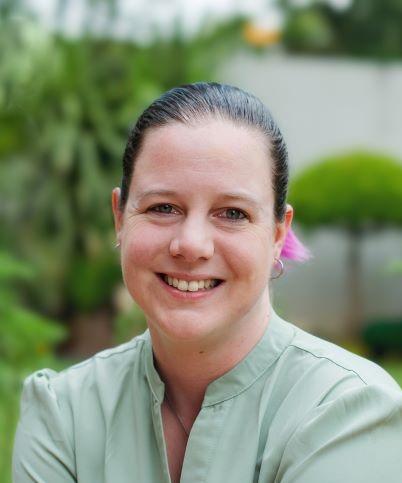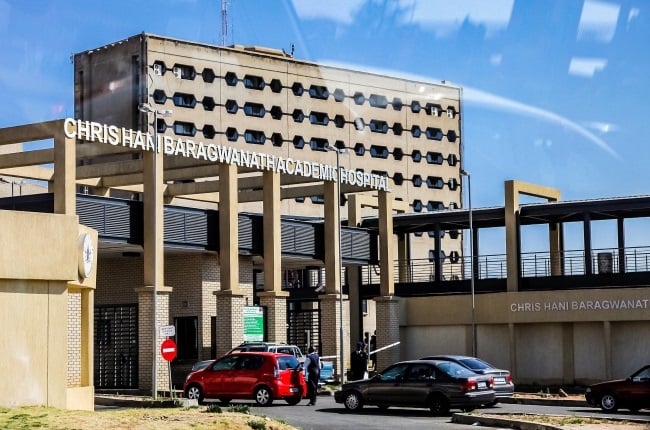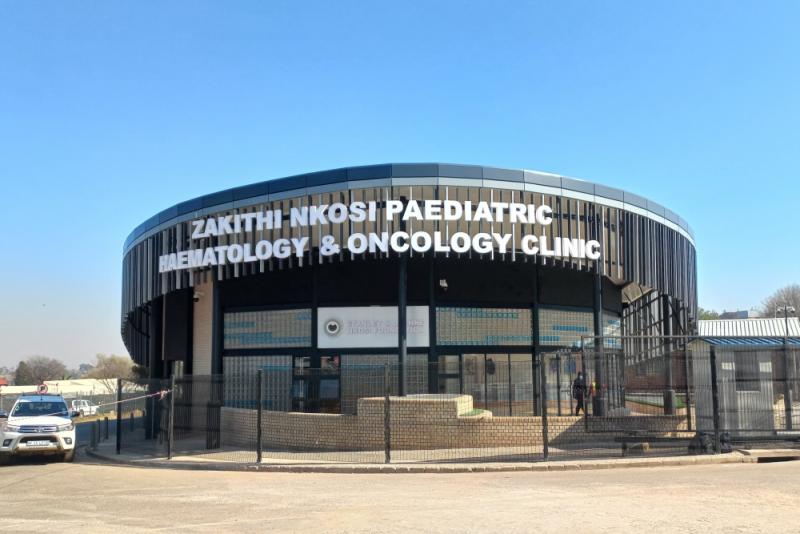
By Tegan Bilse, Oncology Pharmacist, Chris Hani Baragwanath Academic Hospital
I leave a green, leafy suburb in central Johannesburg, and within 20 minutes I need to navigate the notorious herd of goats that frequent the area just outside of the Chris Hani Baragwanath Academic Hospital. Colloquially known as “Bara”, this sprawling 170-acre hospital is currently the 7th biggest in the world, and the biggest in Africa at 3200 beds. We serve the 1.5 million people in Soweto itself, as well as a referral area for almost the rest of the country totalling over 50 million. As the biggest tertiary centre in the country, we have been blessed recently with donations from various funders to upgrade both our haematology department and our paediatric oncology. In addition, we have added a brand new medical oncology unit, a service which was previously not offered at Bara.
This was where my journey with Bara began, starting the new project that needed to service hundreds of people, with medicines and skills we had not previously had access to. I brought experience from a much smaller practice within the private sector, but the determination and passion to offer everything I could to this amazing opportunity. The public sector serves 71% of our population, and costs for private health care are exorbitant. We are funded by the government through our department of health, and thus procurement is an extreme challenge due to rampant fraud and corruption which is endemic within our government systems. This whirlwind of challenges results in the following, a day in the life of a (public sector) oncology pharmacist in South Africa:
Our patients arrive from 4am or earlier, to m ake sure they are first in line to get their bloods taken. We often have delays in the lab, and results will come out in batches by 10 or 11AM. The time before this is used in pharmacy to complete mixing for patients on multiple day chemotherapy, replenishing stock, mixing our day’s anticipated pre-medications, and following up on stock related issues (a complete story on its own, TBC!). Without an electronic prescribing or scripting system, we get copies of scripts on our phones, with hard copies following later in the day. With a small staff, we have only one pharmacist at our haem/paeds department, and two who check the medical oncology prescriptions. We have only one technician, and a roaming set of an intern (straight from university) and a community service pharmacist (one year later). We are constantly training them, and they are on 2 and 6 month rotations respectively. The paediatric department sees 300 children a month for chemotherapy via our unit, the adults another 300 through their day clinic. Medical oncology sees 500 patients a month and climbing rapidly.
ake sure they are first in line to get their bloods taken. We often have delays in the lab, and results will come out in batches by 10 or 11AM. The time before this is used in pharmacy to complete mixing for patients on multiple day chemotherapy, replenishing stock, mixing our day’s anticipated pre-medications, and following up on stock related issues (a complete story on its own, TBC!). Without an electronic prescribing or scripting system, we get copies of scripts on our phones, with hard copies following later in the day. With a small staff, we have only one pharmacist at our haem/paeds department, and two who check the medical oncology prescriptions. We have only one technician, and a roaming set of an intern (straight from university) and a community service pharmacist (one year later). We are constantly training them, and they are on 2 and 6 month rotations respectively. The paediatric department sees 300 children a month for chemotherapy via our unit, the adults another 300 through their day clinic. Medical oncology sees 500 patients a month and climbing rapidly.
We struggle to have basic items like gowns or vacoliters; we often have items out of stock or mismanaged at any level of procurement. As pharmacy, we don’t have jurisdiction over the procurement of any item, due to previously mentioned challenges. This has resulted in stock outs of anything from vincristine to doxorubicin, etoposide to cytarabine. Trying to get a new or motivated item is even worse. South Africa’s public health system works on a 2-year tender/contract basis, and many companies manipulate this system to the detriment of our patients. Many EML items are not on this list. 
With what we do have, the medical oncology team mixes in a certified, constructed clean room, and the haem/paeds group in a donated but uncertified room. Using all the PPE that is in our arsenal, we prepare and mix to the best of our training; there has recently been an admixing course introduced at the University of the Witwatersrand, and many of our oncology staff nationwide are attending more training, both online and in person. Those with many years of experience are tasked with teaching the next generation if this is not available or feasible.
Despite the challenges of our sector, there is no place my team and I would rather be. With the facilities we have been given, we use our knowledge and skills to better their lives in the best way possible; we have a fantastic generation of young pharmacists who are interested in oncology pharmacy and we are gathering and training them at every opportunity.
There has never been a better time to be in oncology, particularly at Bara, where we get to serve the population who needs it the most.
